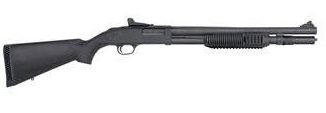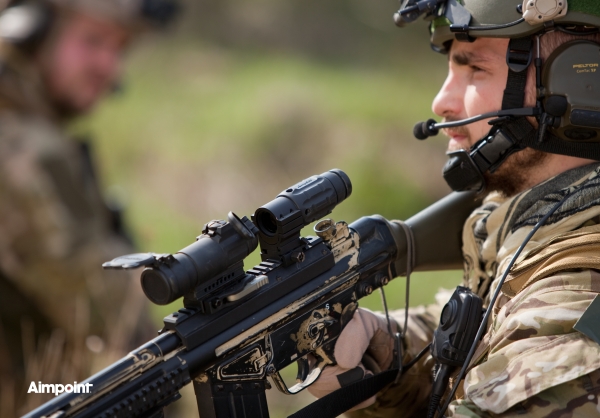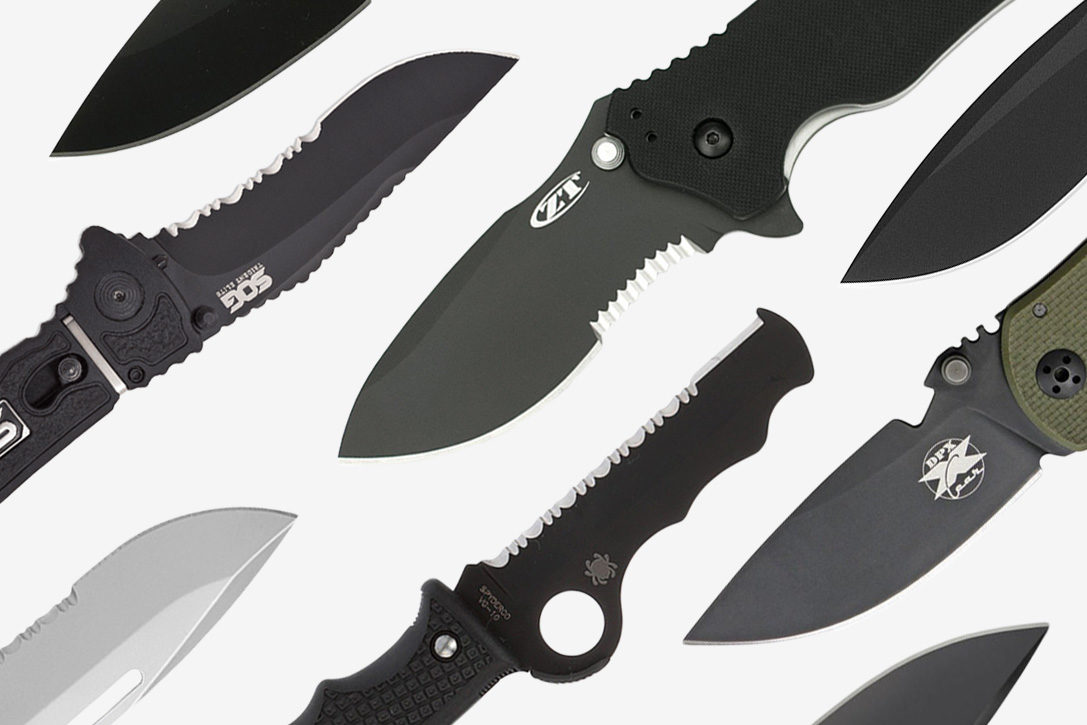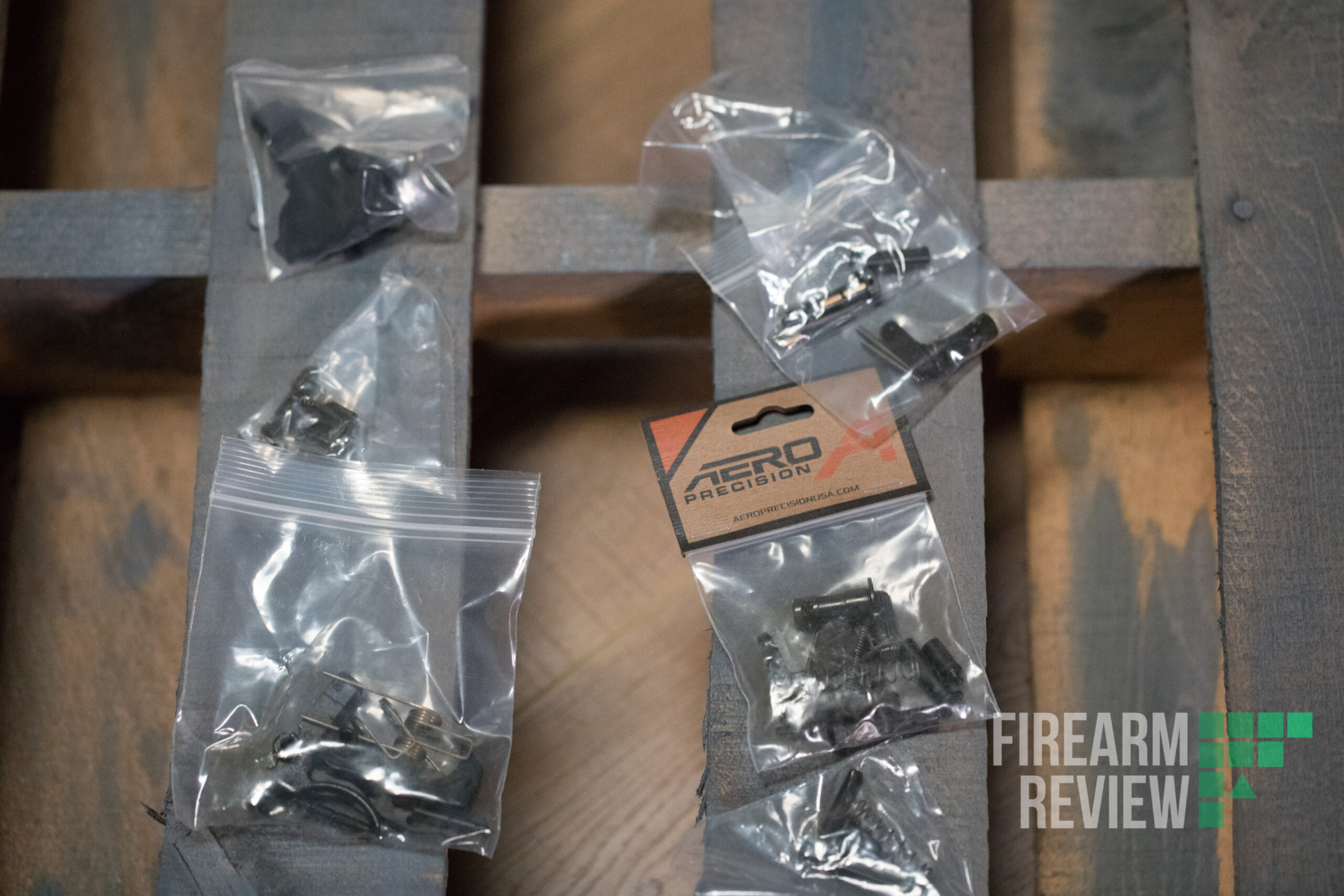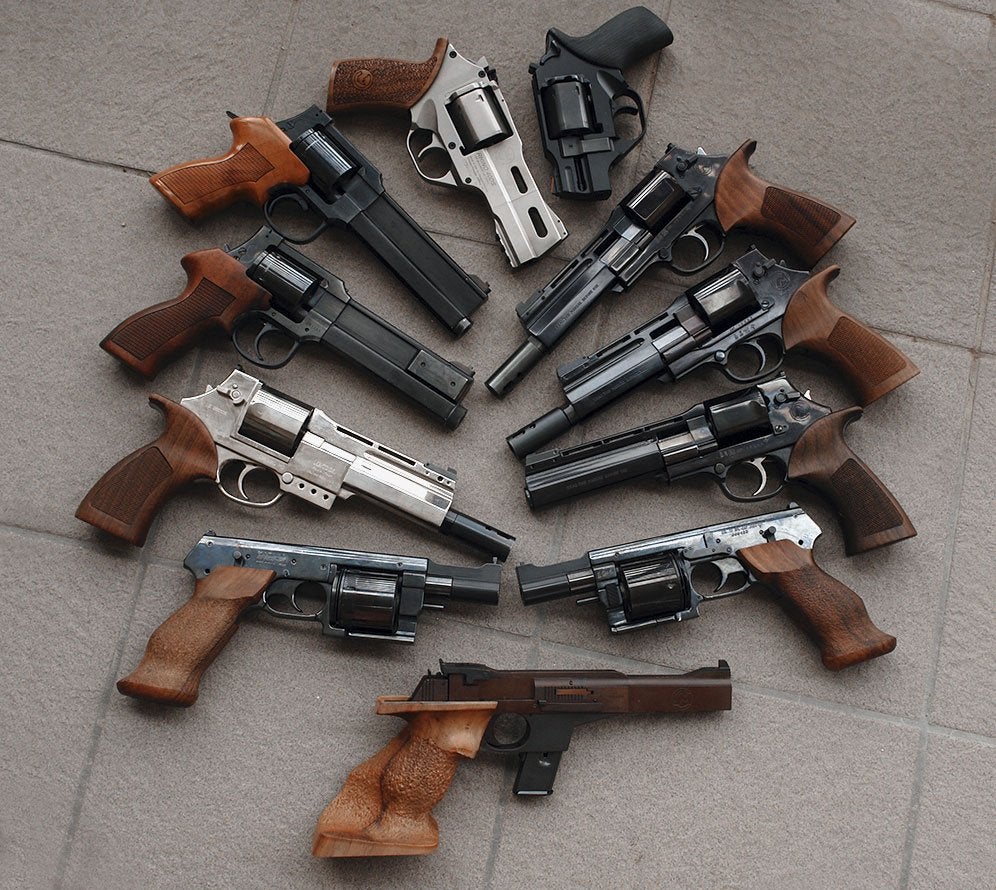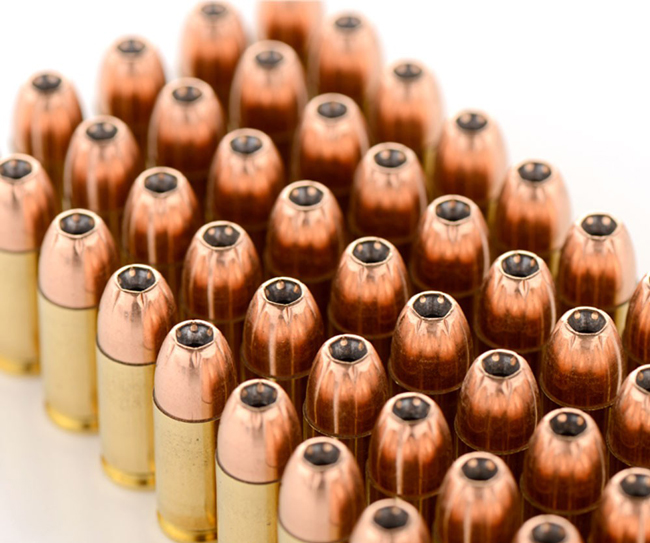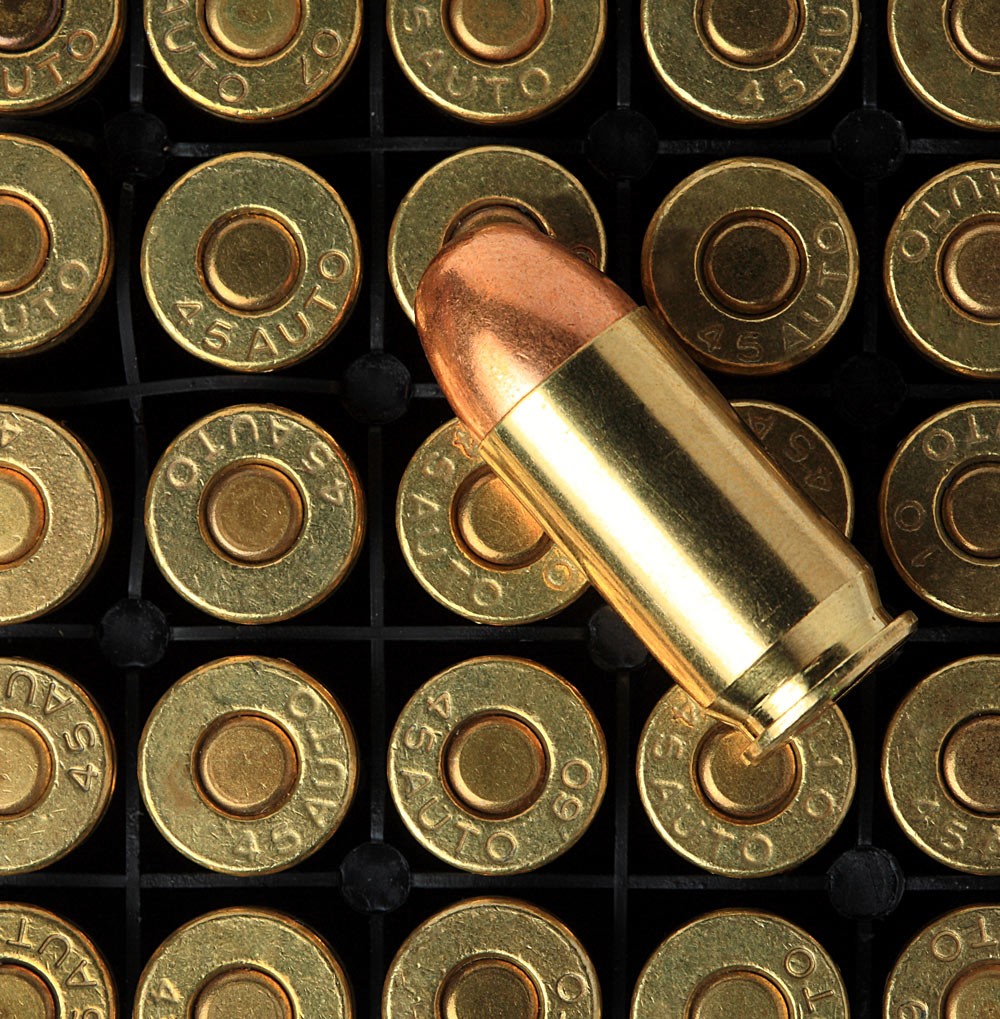Shotguns are one of the most effective home-defense weapons for a reason.
Designed for taking down close-range targets, shotguns using buckshot can deliver a devastating blast to an intruder 30 yards away – and with a slug, that maximum practical range (MPR) can more than double.
But it isn’t the raw power that makes shotguns great for home-defense – it’s the shooter’s ability to hit the targets. Unlike rifles and handguns, you don’t to be a great shot to use a shotgun.
Instead of taking the time to carefully aim to hit your target, you can simply point your shotgun at the intended target and pull the trigger and the slug or ball bearings will take care of the rest.
Finding the Right Shotgun for the Job
When purchasing a shotgun for home-defense purposes, understand that not every type of shotgun is optimal for protecting your home. You’ll want a shotgun powerful enough to stop an intruder in their tracks and easy enough to maneuver in hallways and around doors.
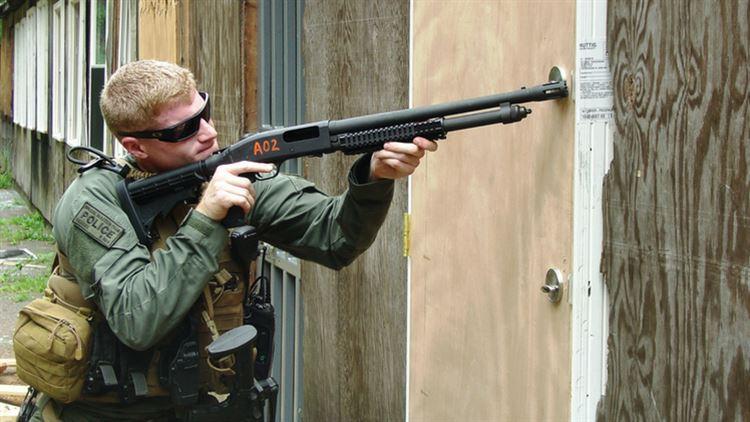
You’ll need to get a tactical shotgun. Here are some things to look for:
1. Semi-automatic or pump-action?
Historically, the best shotguns have been pump-action. While not as quick as their semi-automatic counterparts, pump-action shotguns are reliable and far less likely to jam on you than an autoloader.
However, autoloading technology has come a long way over the past few years. Top manufacturers like Benelli and Beretta have come out with more reliable semi-automatic technology that’s dependable and increases your rate of fire.
With that said, unless you plan on spending a lot of money on a top-quality semi-automatic shotgun, we recommend going with a pump-action for home-defense. That way, you don’t have to worry about mechanical failure when you’re in a high-stress situation.
The only thing a pump-action shotgun requires for reliability is a little bit of know-how on your part to prevent short-stroking (not pulling the slide of a pump far enough back before pushing it forward again).
Also, we don’t recommend using a break-action shotgun that gives you one or two shots before reloading. When picking a shotgun for home-defense, you want something with a tube magazine that holds four or more shells at a time.
2. Barrel length
A shotgun with a 28-inch barrel is bulky and heavy and will be very hard to maneuver and aim inside your house.
Shotguns with longer barrels put you at a tactical disadvantage in confined spaces, which is why you want to choose as short of a barrel as possible.
We recommend keeping your barrel length between 18 and 20 inches. Just note that anything shorter than 18 inches is illegal without an NFA tax stamp.
3. 12 gauge or 20 gauge?
The most common tactical shotgun is the 12 gauge. Of all the commonly used shotguns, it’s the most popular and the most powerful.
We recommend choosing a 12 gauge for home-defense unless you’re a smaller person or someone who’s not used to handling recoil. In that case, the 20 gauge is a suitable replacement.
We don’t recommend even bothering with a 410-bore shotgun. It’s relatively low in power and isn’t a good replacement for a home-defense handgun or an AR carbine.
Other perks to look for
Here are some other things you might want to consider spending a little extra money on when purchasing a tactical shotgun:
- Sights: The beaded sight is good enough to get the job done, but a quality red-dot sight from a manufacturer like Trijicon or Aimpoint will help with target acquisition intense situations.
- Sling Mounts: It’s a good idea to go with a shotgun that lets you attach a sling so that you can easily go hands-free if needed.
- Stock: Stick with a shoulder stock. It’s more functional than a pistol-grip shotgun.
- Ammo Capacity: The more, the better. 4+1 is a good minimum, but if you can get your hands on a shotgun with a higher capacity – like 7+1 – choose it. Just make sure that you know your state’s magazine -capacity laws; and always review all firearms regulations from an official government source. This is usually your state’s Department of Safety, but it can sometimes be found at police and sheriff departments.
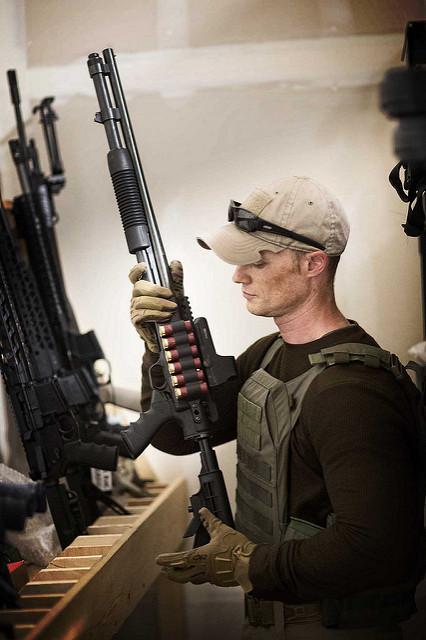
Choosing the Best Shotgun Ammo
When shopping around for shotgun ammo, you’ll come across three different types of loads: birdshot, buckshot, and slugs.
You might also see exotic shotgun ammo that shoots projectiles like bolos and flechette. While these are often marketed as self-defense ammo, they’re nothing more than a novelty and should be avoided for any real use purposes.
If you’re interested in seeing just how useless these novelty ammo loads are, I recommend this video from Paul Harrell
You also should avoid using birdshot ammo for home-defense as well. It’s lighter and less powerful than buckshot and slugs, which means that you could have a harder time taking down a hostile intruder.
We recommend using the 00 buckshot for home defense. It gives you a lot of stopping power with less of a risk of overtravel, which is very important when firing a weapon in your home.
The 00 (double-aught) is the most common of the home-defense rounds, but there’s also the No. 4 and the 000 buckshot as well.
Generally speaking, the No. 4 is probably the weakest of the buckshot rounds and gives the bare minimum of what you should expect from a home-defense cartridge.
The 000 buckshot is more powerful than the double aught but is not as readily available. Some enthusiasts also prefer the double aught because they say it has a better shot pattern and isn’t as likely to overtravel and hit a bystander.
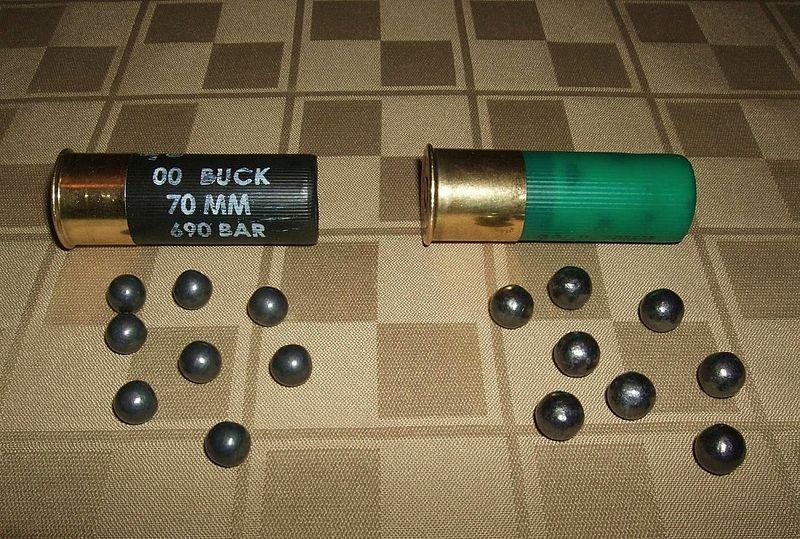
Another option is the slug. Whether they’re better for home-defense than buckshot is has been an ongoing debate, however, slugs are heavy, solid, and can do a lot of damage to anything they come in contact with.

Also, keep in mind that shotgun ammo tends to run a little higher than ammo for your 9mm or .223 Rem. With that said, a shotgun is also more effective at neutralizing a threat at close range than your handgun or rifle.
Here are some popular home-defense rounds for the 12-gauge:
- Federal LE Tactical 00 Buckshot ($1 per round)
- Winchester 2-3/4” 00 Buckshot ($1.05 per round)
- Federal 2-3/4” Slug ($1.45 per round)
- Remington 2-3/4” 000 Buckshot – ($1.09 per round)
If you’re using your 20 gauge for home defense, you won’t have access to double aught loads because of shell size. Most 20-gauge enthusiasts prefer using #2 and #3 buckshot for defensive purposes. One decent 20-gauge recommendation is Federal’s Vital-Shok #3 Buckshot.
Using Your Shotgun Effectively
As we previously mentioned, the biggest perk of using a shotgun for home-defense is that it’s great for neutralizing close-range threats.
But if you’re going to use your shotgun for defense, you need to know how to use it effectively – which means what your gun is capable of. Here are some things that you need to always keep in mind when using your shotgun:
- Shotguns aren’t effective at medium and long range. Your buckshot load is only going to be effective up to 35 yards. Slugs are effective to around 100 yards, and we do not recommend using birdshot for any home-defense scenario.
- Cylinder bores have been historically used in tactical shotguns, but improved-cylinder chokes are very effective at tightening up the pattern of your buckshot and helping you squeeze a few extra yards.
- It’s easy to lose track of the bead sight that comes with most baseline shotguns. Consider switching your sights to something easier to track. If not a red dot, try night sights or a ghost ring sight.
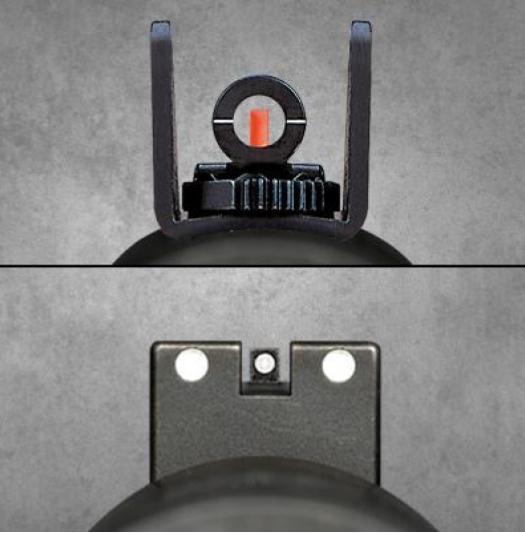
Another thing you want to keep in mind when using a shotgun is ammo capacity – or lack thereof. You’re looking at anywhere between 6 to 8 round capacity in your shotgun’s magazine tube. Of course, there are also tactical shotguns like the Saiga that use external box magazines with larger round capacity.
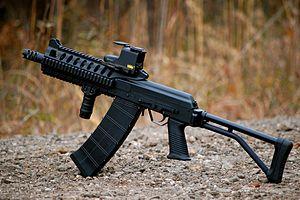
Unfortunately, box magazines on shotguns are often bulky and can have problems cycling through ammo.
The good news is that you can make reloading time quick and easy by adding a sidesaddle to your gun so that extra shells are nearby and can be loaded into your magazine when needed.
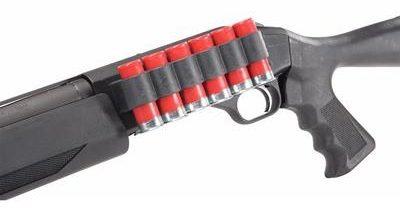
Top Shotguns for Protecting Your Home
Now that we’ve covered the basics of using a shotgun for home-defense, let’s look at some goods that are great for protection.
The Remington 870
The Remington 870 is one of the most iconic tactical shotguns of all time. It’s been the shotgun of choice for law enforcement and militaries around the world, including the South Korean Navy and the Israel Defense Force to name a few.

Remington 870
Pros
- Trusted design
- Wide aftermarket support
- Works, always
Cons
- Remington QC has been slipping for years, for now their shotguns are still respected
The popularity of the M870 has inspired a number of different versions to be developed over the years. But when it comes to home-defense, your best choice is a standard 18” 12-gauge. It’s small enough to maneuver and will give you a capacity of 6+1.

The M870 is arguably one of the most dependable pump-action shotguns you’ll ever find. While it might not be as fancy as some of the more expensive shotguns on the market, it’s been battle tested and has earned its fair share of respect over the years.
And because it’s such a widely-used shotgun, you shouldn’t have any problem coming across upgrades for the M870.
The Mossberg 590A1
Mossberg’s 590A1 is another successful combat shotgun that’s been tried, tested, and proven to be dependable in the field. It’s used by a number of armed forces around the world, including the US Military, and has seen action in both Iraq wars and the Global War on Terrorism.
The baseline 590A1 comes with a 6+1 capacity, but the higher-end tactical models give you a maximum capacity of 9 rounds. You can also choose from a number of other options to add to the gun, including ghost ring sights and an adjustable stock.
But it isn’t the features that make the 590A1 such a great pump-action shotgun – it’s the gun’s performance.
Like the Remington 870, Mossberg’s 590A1 has been put to the test in the field and proved itself to be one of the best shotguns for breaching doors and neutralizing threats at close range.
In terms of functionality, the Mossberg 590A1 and the Remington 870 are pretty much the same. The main advantage that the 590A1 has over the Remington is ergonomics.
The safety and slide release on the 590A1 are perfectly positioned, which makes them easier to operate in a time-sensitive situation. Aside from that, both shotguns are excellent.
Mossberg SPX 930
Mossberg’s SPX 930 might not have the same battle-ready reputation as the 590A1, but it’s still an excellent tactical shotgun that’s perfect for any home-defense situation.

Mossberg SPX 930
Pros
- Built-in Extras
- Ready for Home Defense out of the box
- Unbeatable reliability
Cons
- Not as wide of aftermarket options
It’s a gas-operated semi-automatic shotgun that’s easy to use, dependable, and affordable for all that comes with it. We recommend it to anyone who’s looking for a good autoloader that won’t get hung up in the middle of a tense situation.
Not only does the SPX 930 look cool, it comes with some great features that help make it one of the best tactical shotguns in its price range. These features include:
- Sling swivels
- Built-in Picatinny rail
- Ghost ring rear sights and fiber optic front
- Magazine extension for 7+1 capacity
The SPX 930 also comes with an enlarged ejection port, which is helpful for minimizing malfunction when cycling through ammo.
Overall, the SPX 930 lives up to Mossberg’s reputation of performance excellence. You won’t find many semi-automatic shotguns that perform like this one for less than $1000.
Winchester SXP
Not to be confused with the Mossberg SPX, the Winchester SXP is a pump-action shotgun made in Turkey and has quickly built a reputation for quality and reliability.

Winchester SXP
Pros
- Simple, cheap, reliable
- Huge range of models to fit your feels
- Many models can be used for non-home defense applications
Cons
- Very limited aftermarket support
Let’s start with the downsides, limited magazine tube (4+1), limited aftermarket support. That’s it.
The upsides are long though and include the price, the outstanding reliability, dozens of models offered so it is easy to find the perfect one for your needs, and great support from Winchester.
One of our editors uses the Winchester SXP Home Defender as their main HD long gun, he has fed it every type of ammo you could think of and after hundreds of rounds has never had a malfunction of any kind.
The Benelli M3
The Benelli M3 might be one of the more expensive shotguns on the market, but it’s worth every cent.

Benelli has the reputation for making some of the best combat shotguns for a reason – they’re reliable, heavy-duty, and incredibly comfortable to shoot.
What really makes the M3 special is its versatility. In a matter of seconds, you can convert the M3 from a pump-action shotgun to an inertia-driven autoloader by twisting the ring located towards the front of the tubular magazine.
This is incredibly useful for anyone shooting lighter loads or less-than-lethal ammo that’s can cause cycling problem in semi-automatics.
Benelli shotguns are also known for being easy to handle. The M3 is optimized for combat scenarios and has been designed in a way to reduce recoil and cycle through ammunition quicker than other shotguns.
For this reason, the M3 has become a popular shotgun in law enforcement and competitive shooting and is perfect for any home-defense scenario.
One More Thing to Remember
A shotgun is a great home-defense weapon, but it has its limitations. Don’t believe the hype that all you need to do with your shotgun is point and shoot. Like any firearm, you need to become comfortable shooting your shotgun so that you’re familiar with its strengths and weaknesses. The best way to do that is to spend some time at the range shooting targets or clay pigeons.
Once you get used to your shotgun, you’ll find that it’s one of the best weapons you can have for protection.


